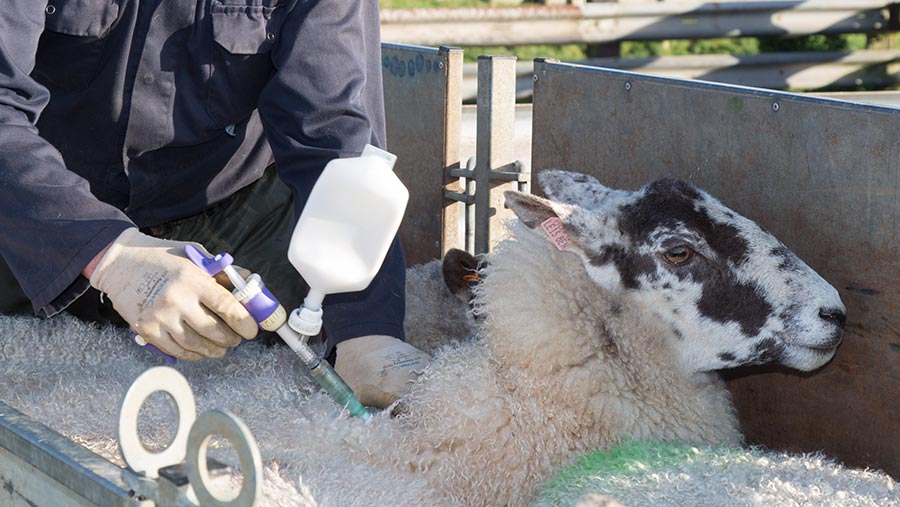Global project to cost animal disease impacts
 © Tim Scrivener
© Tim Scrivener A global information system to improve understanding of the burden of disease on animals and its impact on human welfare has been launched by a group of more than 90 organisations worldwide.
Global Burden of Animal Diseases (GBADs) will “measure to improve” animal health at a local, national and global level.
It will run in parallel with the well-established human Global Burden of Disease (GBD) programme, which is used to quantify health loss from hundreds of diseases, injuries and risk factors, and so improve health systems and eliminate disparities.
See also: New farm animal antibiotics use targets set for 2024
Speaking at the launch this week (19 January), GBAD’s programme director, Jonathan Rushton, of the University of Liverpool, said: “This is a strongly inclusive programme looking at what data is held in livestock systems and how to get the best possible estimate of diseases.
“We’ll be learning the lessons of human burden of disease and want [to develop] the same process in animal health systems.”
Why it is needed
With challenges including greater demand for food, increasing pressure on use of land, water and air, and a growing awareness of the impacts of livestock on the environment and public health, the lack of a systematic animal disease burden information system is a major global problem, according to GBADs.
Millions are invested each year in animal health research, education and disease mitigation action.
But current systems of animal health data and analysis do not give any systematic information on production losses, expenditure or the wider economic impacts of animal disease and health problems.
Instead, investments are based on assumptions, rules of thumb and reactions to crises.
How it will work
GBADs represents a step change for the estimation of animal health burden. It will:
- Focus on animal health and welfare
- Estimate the burden of infectious and non-infectious causes, accidents and injury
- Generate updates on animal health assessments focused on infectious disease
- Learn lessons from the estimation of human health losses
- Improve understanding of the impact of animal health resources for livestock farmers.
The GBADs approach hinges on being able to access data from the private sector, says Dr Rushton.
“It will look at the gross margins and enterprise budgets of livestock enterprises and compare current levels of performance with a situation where disease, health and accident issues are not present,” he says.
“Once we can establish what is being lost in production and spent on animal health products and services – the animal health loss envelope – we will look to attribute by causes, which again requires data on health and diseases from the farms.”
As the programme evolves, GBADs will seek support from farmers in agreeing to confidential access of animal health data, says Dr Rushton.
“We will also be discussing with farmers, food and pharmaceutical businesses and the government the information generated, and how we can best use this for planning at farm, food system and national levels for the support needed on animal health.”
GBADs will also provide information to support the pioneering work in veterinary services of the World Organisation of Animal Health (OIE).
Supporters of GBADs include OIE, the UK Foreign, Commonwealth and Development Office, the Bill and Melinda Gates Foundation and the University of Liverpool.
